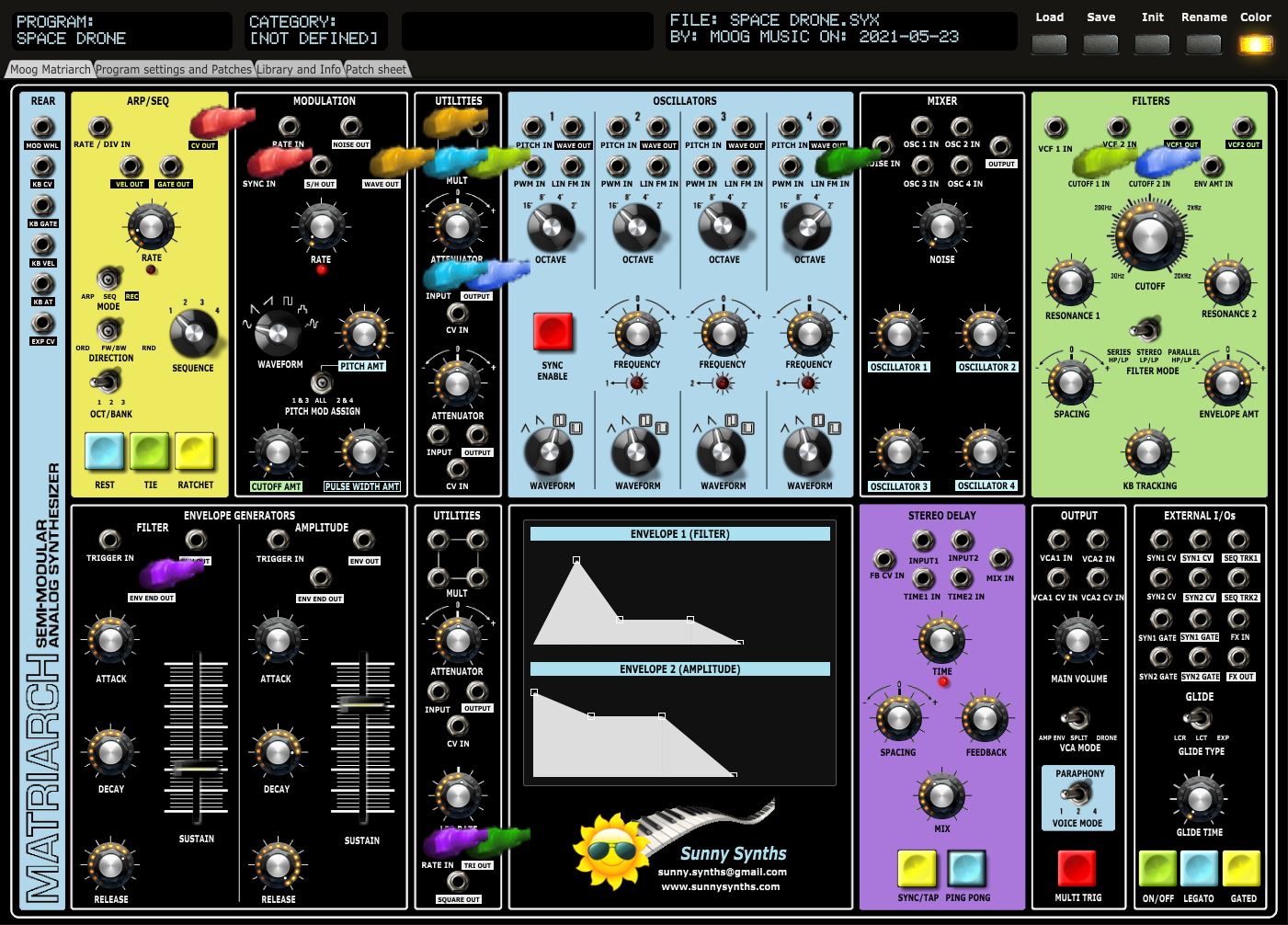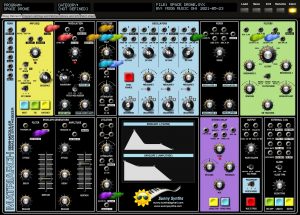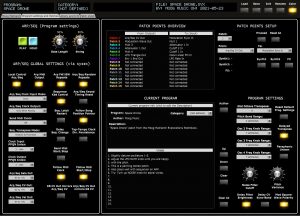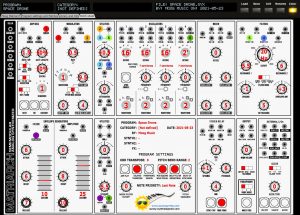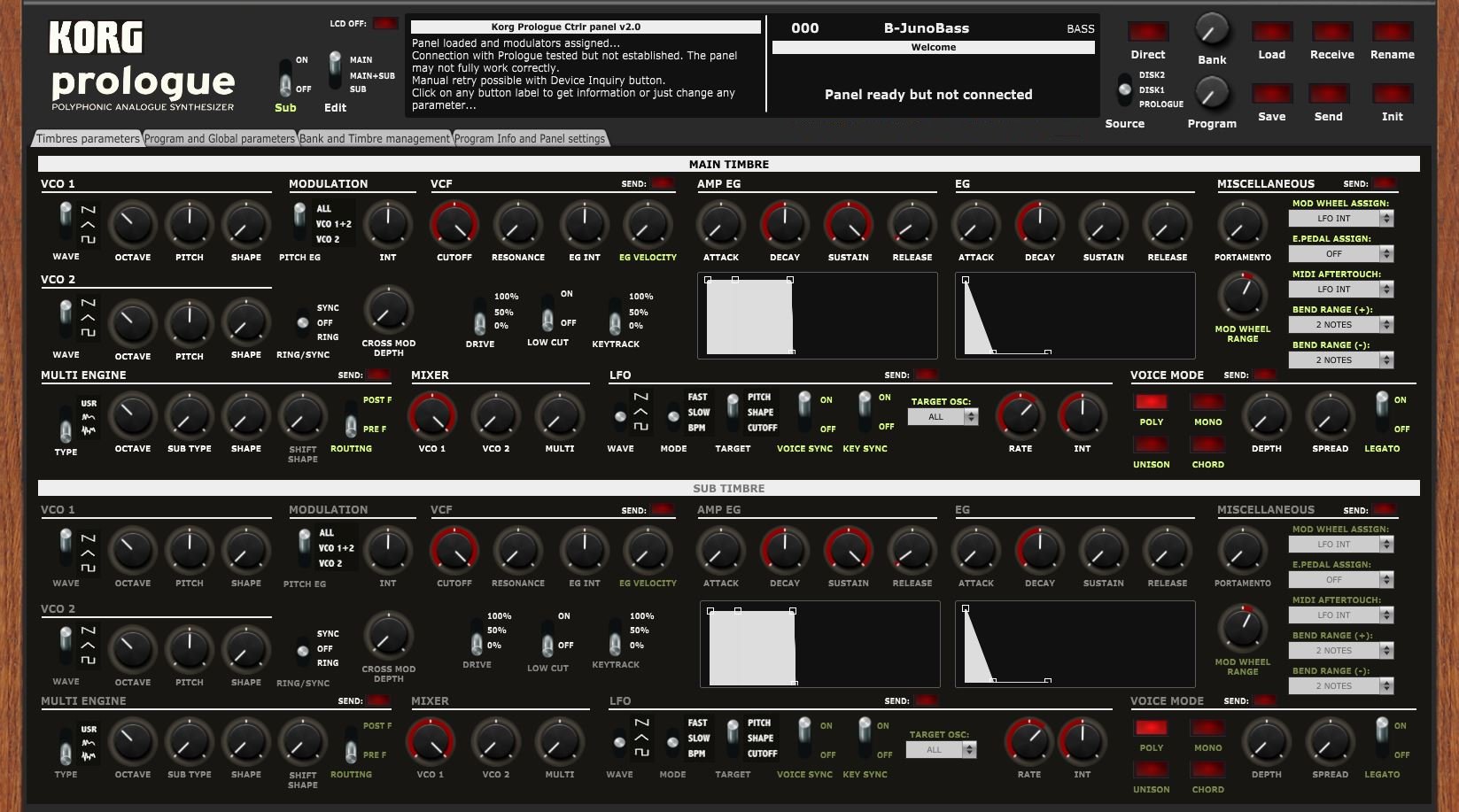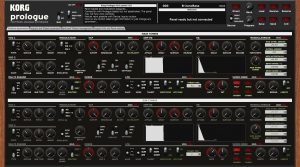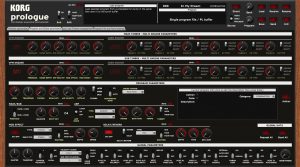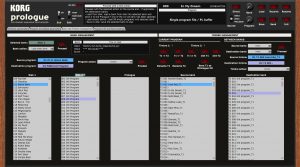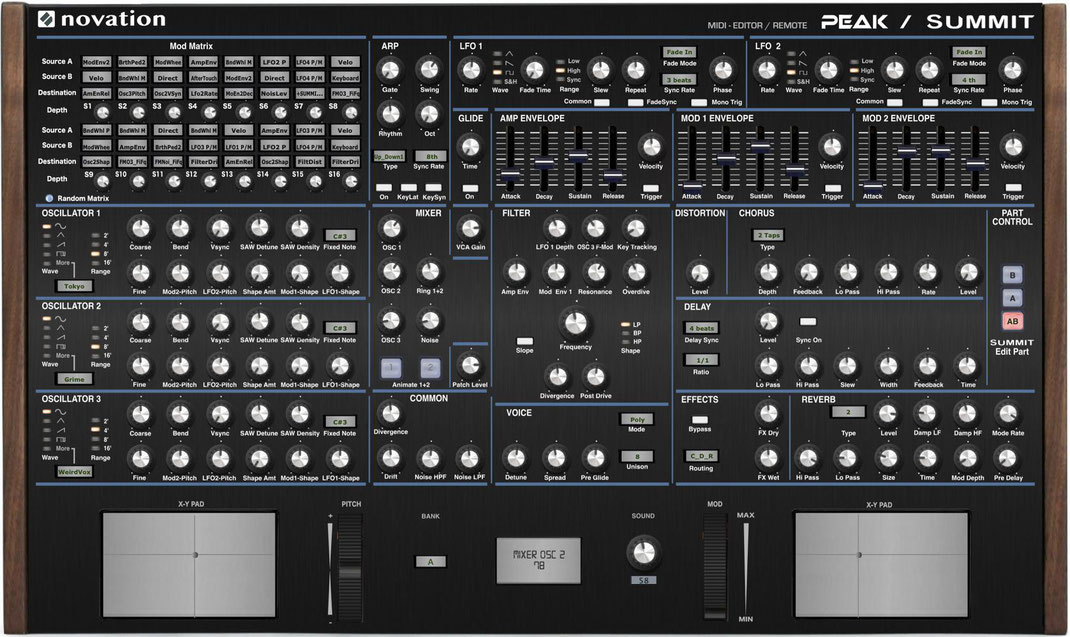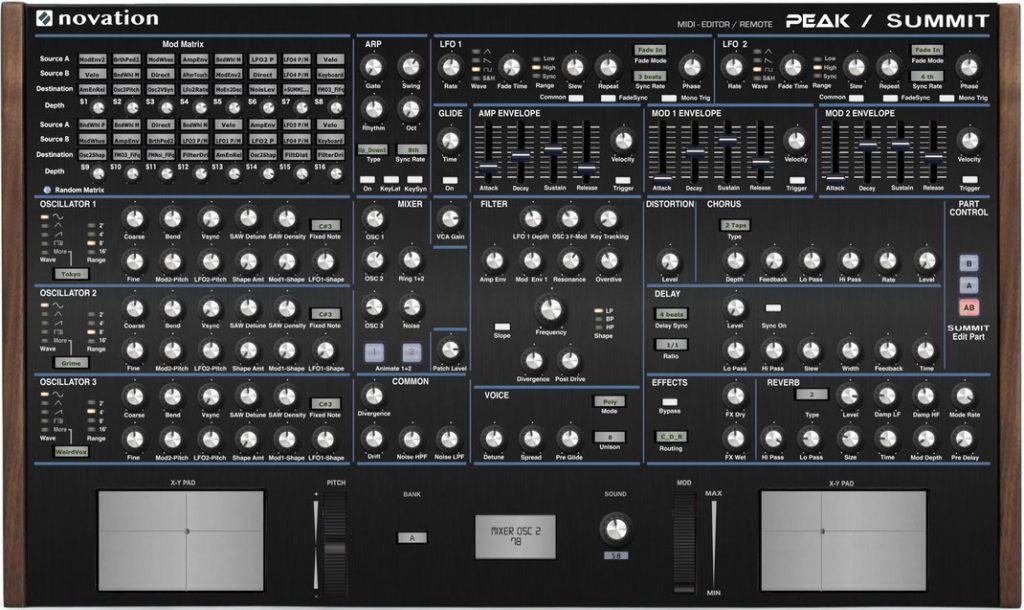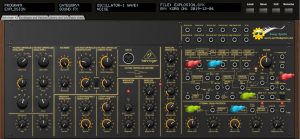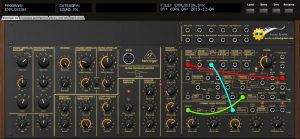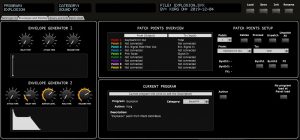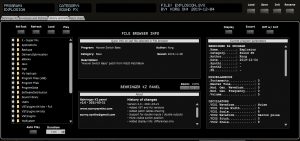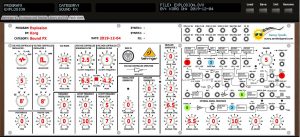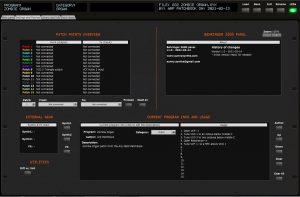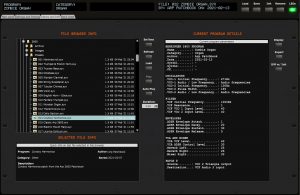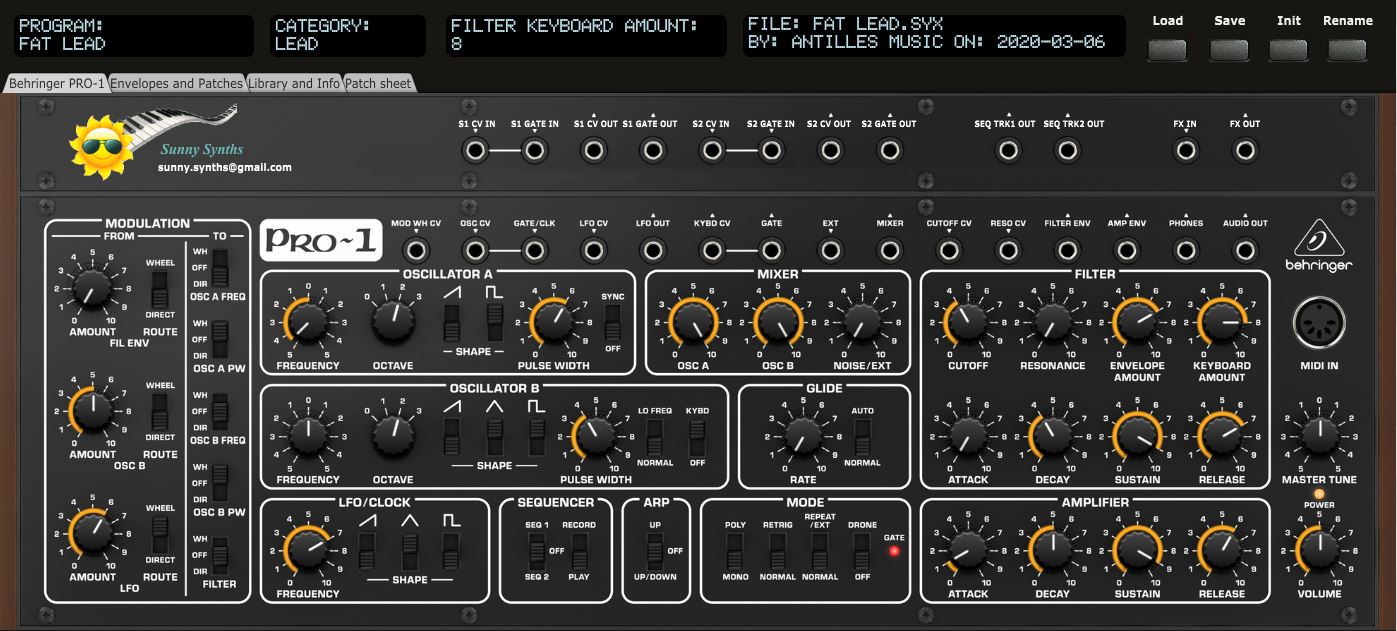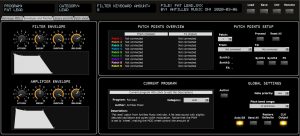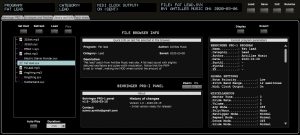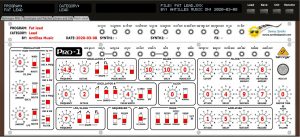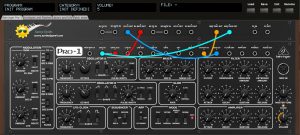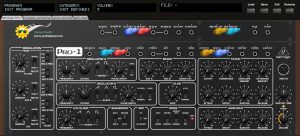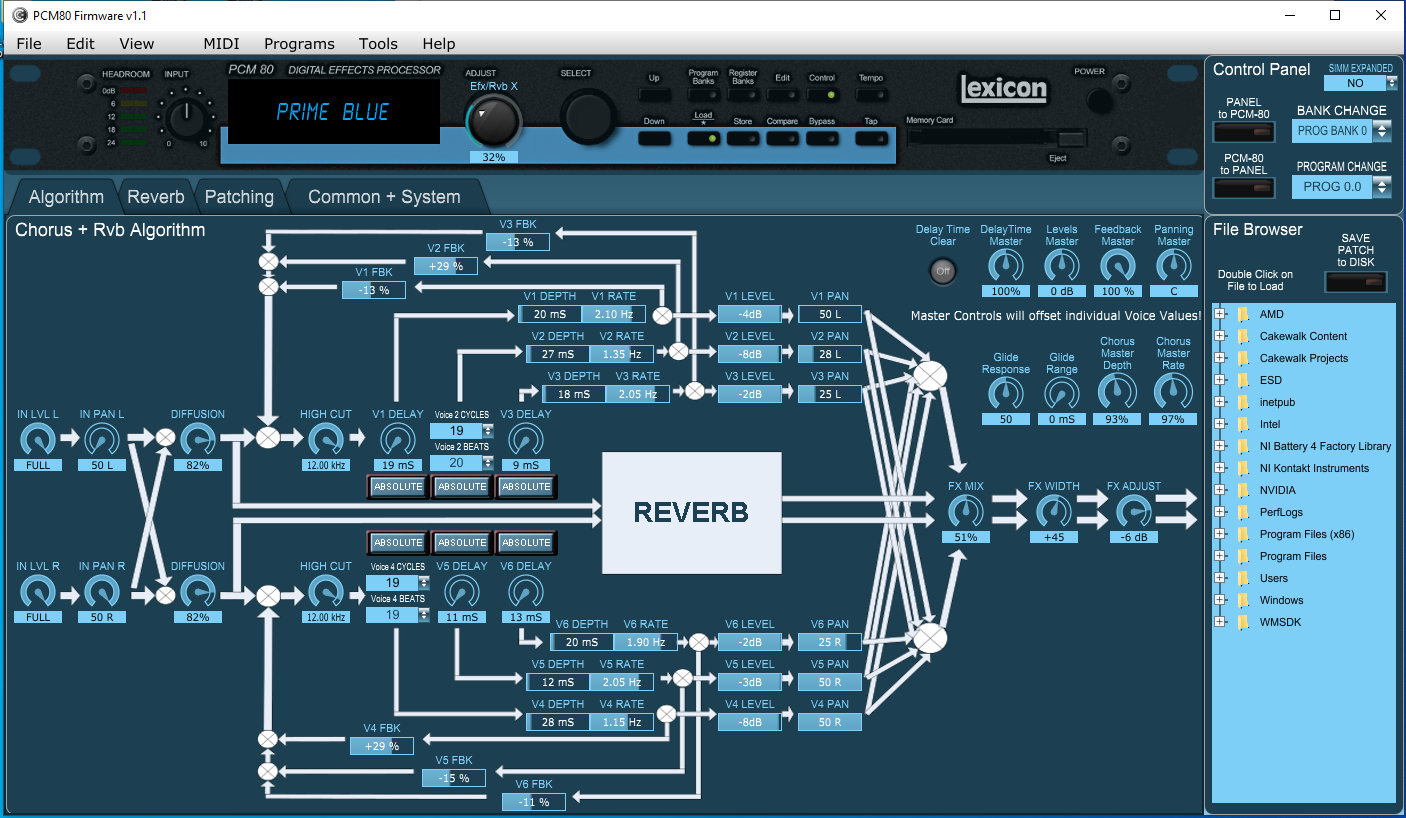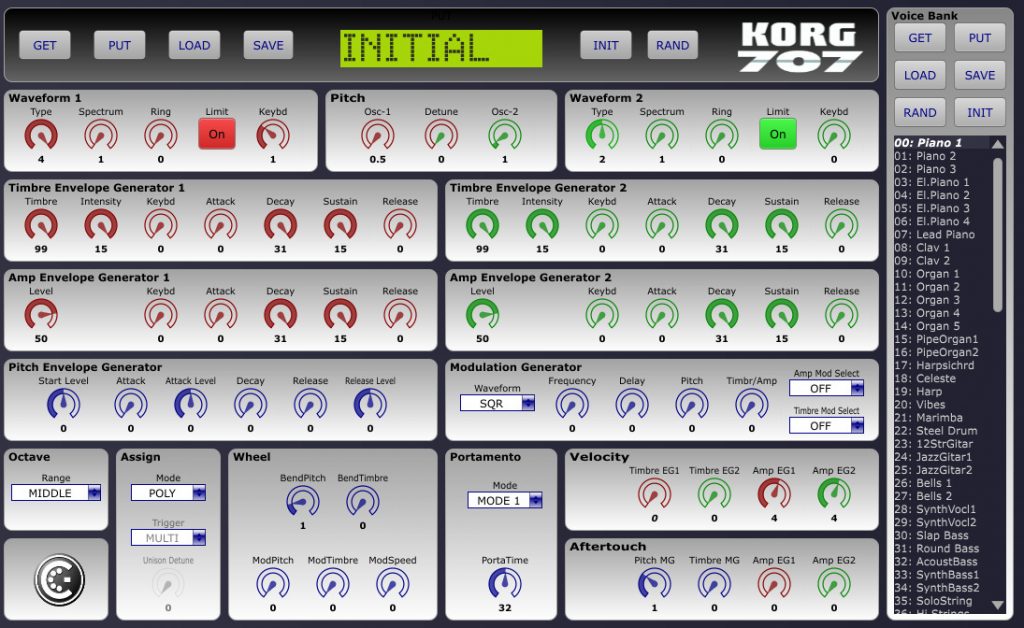Patch saver for the Moog Matriarch
v1.0 2021-05-30
The panel is only a patch loader/saver on computer as the Moog Matriarch does not support the load/save of programs by sysex dump exchange. It supports however the manipulation of some program parameters by Midi CC messages but far from all parameters are covered. It also handles global settings management by sysex messages.
Features:
- Moog Matriarch patch saver/loader for PC and Mac
- Displays all patch points from the main synth panel but also all outputs from the rear
- Button to switch the layout between the colored and the Dark editions
- Bidirectional communication with actual Matriarch synthesizer for all parameters supporting CC# Midi communication (pages 18 and 19 of the Matriarch v1.2.3 Firmware update manual)
- Top row of support “screens” with old look
- Visual feedback by using “LED” ring buttons and indication of the parameter value
- Envelope graphs handled by mouse or classical ADSR rotary encoders
- Load / Save programs from individual .syx files
- Automatic change of all CC# parameters on actual synthesizer at program load
- Program settings management (a selection of Global settings but stored at program level)
- Global settings management (receive all then individual update)
- Easy program renaming
- Display and export of program parameters as text file
- Ability to describe 15 input/output colored patch cables with different sources/destinations
- Programs have a name, author, save date and description. They can be associated to a category
- Ability to describe the usage of each program in a step by step mode (up to 15 steps)
- Browser of the files on the disk
- Patch sheet tab with patch sheet for Matriarch and other gear
- Patch cables (15 colors)
- Author and save date
- External synths and FX chain
- Display of current precise parameter value when clicking on rotary encoders
- Memorized panel zoom
- Automatic reading of wav files associated to a patch
- Manual/Automatic reading of any wav file
- Standalone versions for PC and Mac
- VST versions for PC (32 and 64 bits)
- VST and AU versions for Mac
- Extras Midi CC controller number for the buttons without a Moog assigned number so you can adjust them from a hardware controller (still no impact on the synth of course and unfortunately).
The manual can be downloaded from the Sunny Synths’ drive or website www.sunnysynths.com
For more info on getting this panel, please contact sunny.synths@gmail.com Visit Sunny Synths’ website: www.sunnysynths.com
Additional pictures:

